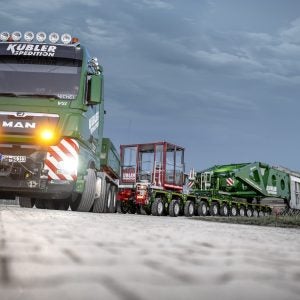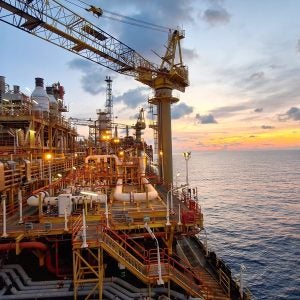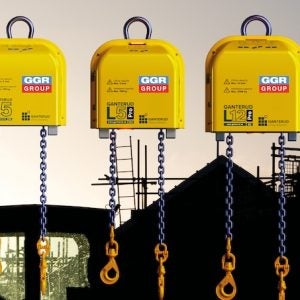No-one needs reminding that the financial landscape has changed significantly since the last Bauma show in 2007. Crane manufacturers report they haven’t panicked, they’ve hunkered down and any cuts that may have been made were not at the cost of development. And they are keen to prove it at the construction industry’s largest exhibition next month (April).
Dedicated to construction machinery, vehicles and equipment, a majority of the show’s exhibition space is outdoors. For 2010 a new entrance has been built at the north-west corner to help better regulate visitor flow. To the east of the open-air site, new areas are being prepared that will include two temporary exhibition halls. With these additions, Bauma’s exhibition space will be its largest ever at 555,000 sq m. But will it be filled?
The fair is fully booked and more than 50% of the exhibitors come from countries outside Germany, says Eugen Egetenmeir, managing director of show organiser Messe München. “We have been particularly surprised by the strong demand for space from exhibitors from markets like China, India and Turkey.”
Despite the economic downturn worldwide in the past year or so, the show’s organisers expect 3,000 exhibitors, meeting the record number set in 2007. More than 500,000 visitors from nearly 200 countries attended that last show for a 35% increase of international guests. These numbers also are on track to be met.
Bauma is an important indicator of the mood and situation of the industry, says Christof Kemmann of the VDMA construction equipment and building material machinery industry association. “Throughout 2009, the industry was able to bottom out, and incoming orders and industry-wide sales dropped by about 50% on average. “[This] will still have a visible effect in 2010 as lead times have become significantly longer,” he says.
Crane builders are cautiously optimistic. The year of a Bauma show isn’t a good reference, explains a representative of Tadano Faun, because there are so many prototypes, which are delivered later on. The year after Bauma is where manufacturers see increases.
Growing markets in Asia, Latin America and India are helping set a more positive forecast. India in particular, the partner country of Bauma 2010, is expecting 11% growth rate per year on average until 2015 for its construction industry. And within the next three years, the demand for machinery and equipment will be increasing by 20%, according to Kemmann.
Bauma’s organisers are working toward a goal of arranging 4,000 specialist visitors from India to attend the show. There will also be ‘spotlights’ on India, Russia, Asia and Latin America in the show’s forum. More information about these seminars and other details for the show can be found online, at www.bauma.de/en.






